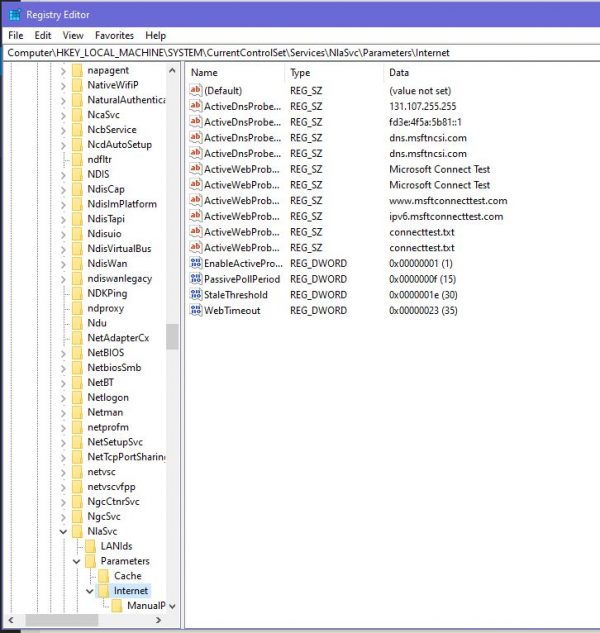
If you're interested in the internal inner workings, you might be interested in the brief summary of the protocol, or go more in depth by reading the technical whitepaper, which goes into more detail on the protocol, cryptography, and fundamentals. You then may progress to installation and reading the quickstart instructions on how to use it. If you'd like a general conceptual overview of what WireGuard is about, read onward here. You could also try uploading your mirc.exe to https:/ / gui/ home/ upload to check it.WireGuard is the result of a lengthy and thoroughly considered academic process, resulting in the technical whitepaper, an academic research paper which clearly defines the protocol and the intense considerations that went into each decision. If that does not work, you would need to contact the anti-virus company for help. You would need to add mIRC to their exclusion list to get around this.

In addition, some anti-virus applications are more sensitive to IRC applications than others and will actively block/delete their files. They should then correct the error in the next update of their virus definition files and should be able to tell you how to prevent their software from behaving this way in the meantime. You would need to contact your anti-virus software company to report the issue and to ask them for a solution. For example, some years ago Microsoft Security Essentials detected the Google Chrome web browser as a trojan and recommended that users delete it. The result is that the anti-virus software starts incorrectly detecting some applications or files as trojans or viruses.

If you have recently downloaded the latest version of mIRC from the official mIRC webstite and installed it on your system, this is likely due to a false-positive which usually happens when an anti-virus company updates their virus definition files without checking them properly.


 0 kommentar(er)
0 kommentar(er)
